From Guide to Sovereign
Charon was never made to wait. He was made to carry and deliver.
Stripped of his purpose, denied his toll and unable to row his boat through a non existant river, he began to wither. But in that withering, he was transformed.
He wore the mantle of restoration in the shape of wrath. No longer a servant of death, he became its architect. Charon rose from the torn Aether Paths not as a god, but as an answer.
The embodiment of finality.
He would still guide, but down a different path; one where all things would end properly, no matter how long they had resisted.
The first to hear his call were those who already knew something had gone terribly wrong. The forgotten. The unburied. The silenced. Some were spirits who had wandered too long. Some were mortals who remembered what the world was before the Veil tore. A few had danced with the undead and now sought penance through fire, through silence.
These were his first Sepulchers.
Order & Hierarchy
Charon's armies do not march as soldiers or gather as priests. They have become a force of nature, a kind of gravity that draws the dead and the dying, promising peace. The hierarchy is defined yet quiet, bearing a purpose that needs no voice. Their structure is not enforced by command, but by resonance.
The Ferryman
At the center stands Charon: the harbinger of the end.
He does not speak in tongues or manifest often. When he does appear, the air stills, and all that lingers remembers how to end.
Charon does not issue decrees. His will is understood in the same way death is: absolute, non-negotiable, and final.
The Angels of Death
Charon’s first and most sacred instruments. These are souls who have passed on, yet refused peace in order to serve a greater silence. They are unbound by flesh, formed from the Veil's sorrow and a final breath. Part executioner, part psychopomp, their role is to ensure that what must end does so; cleanly and permanently.
The Quiet Ones
Once ordinary souls - ghosts and lingering spirits - they have been awakened by Charon’s presence to serve. They have memory, identity, and purpose: the rarest traits in the Veil-torn dead. They are emissaries and scouts tasked with delivering omens, guiding lost spirits, and spreading the Ferryman’s doctrine. They are prophets, envoys, and recruiters.
The Vesperbound
The heart of the Order. Living and unliving alike who have devoted themselves to the cause of silence and rightful death. Most are mortals:
survivors, priests and mourners. Among them are
Revenants seeking redemption and few are
mages who have sworn to never touch the Veil again. They are the infrastructure of the movement: burying the unburied, sanctifying ruins, hunting undead, and holding back the entropy of false life. They are the hands of the Ferryman.
The Ghost Army
A trailing storm of lost souls. Most are not formally part of the Order. But they are drawn to it. Some drift behind like fog, others fight beside Sepulchers when the veil thins. This legion includes millions of dead: some benign, some wrathful, many simply confused. They are an unpredictable force. Sometimes tool, sometimes threat. The Angels may shape them into vengeful waves when facing great blasphemies like necromantic cults or vampire lords.
The Mercy of Ending
Charon's Sepulchers do not slaughter.
They are meant to restore.
Where spirits scream without direction and the undead cling to stolen time, the Ferryman’s followers do not see death as horror, but as healing. They seek no conquest. They do not revel in destruction. What they offer is cleansing: a quiet unraveling of the rot left in the wake of the Cataclysm.
“We are not your executioners. We are the solace you miss.”— Hierophant Lira, Quiet One
They do not kill the living needlessly. They will walk alongside the dying. Guard the passing. Even defend settlements where death is respected. But sometimes what they call mercy, others call murder. To spare a soul the madness of grief. To release a child from the grasp of sickness. To silence a mind shattered beyond repair. These are not crimes to the Sepulchers. These are gifts. And they do not ask permission to give them.
To prevent the dead from rising again, or the souls from defying the Ferryman’s law, they will act without hesitation.
The Vesperbound, especially, are often feared in borderlands and ruin-cities. There are stories of mass executions in the name of peace. Of entire caravans lost after a single soul was judged "ready to pass.” Of ash left in sleeping homes, still warm, the families within gone without struggle.
They believe death has its time and place. And when it comes, it must be honored and made permanent. They walk the broken earth not to dominate it, but to ensure that all things reach their rightful end.
Even if the living must be guided there by force.
The Vision
The Ferryman offers a single, unwavering command:
The world must fall silent before it starts anew.
But this silence is not absence. It is peace.
The Sepulchers believe the natural cycle of death and rebirth has been corrupted. Ghosts drift. Corpses walk. Souls scream between worlds.
Their purpose is to gather these remnants and offer the release long overdue.
Ghosts are ferried. Revenants are unmade. Necromantic puppets are severed from their mockery of life. Souls once bound in chains are guided into the Ferryman’s void.
Each passing is seen as a mercy.
Each silenced scream, a step toward balance.
Enemies of the Cycle
The Immortals
The Immortals existed long before the Cataclysm. In those days, their defiance of death was tolerated, so long as the world still turned. But now that world is gone, and the vampires remain as monuments to its failure. Symbols hold power, and few symbols are more poisonous than a corpse that will not rest.
Foremost among the enemies of Charon’s Sepulchers are the undead. More specifically, those who defy the grave, not by accident, but by choice. They spit upon the end, and by doing so, they desecrate the Ferryman’s mercy.
To the Sepulchers, there is no place for redemption in undeath. Only correction. The kind that demands obliteration.
Where the undead rule, the Sepulchers bring erasure.
No diplomacy. No warning. Only silence.
The Mages
Magic broke the world. Of this, Charon is certain.
Though not all mages are hunted, none are above suspicion. The Sepulchers reserve their ire for those who trespass knowingly into domains that twist the boundaries of soul, spirit, or mortality. Spirit mages in particular are reviled, for it was their tampering that ruptured the Veil and fractured the natural cycle of passing.
Those who meddle with death without understanding are being watched.
Those who repeat the sins of the Cataclysm will be corrected.
It is whispered among the Sepulchers that the Angels of Death carry relics wrought from the bones of the archmages that performed The Salem Ritual: tokens of justice, and warnings to those who walk the same path.
The Damned Dead
Not all spirits long for release. Some are too far gone, souls so warped by grief, rage, or unfulfilled hunger that they have become something else entirely. These beings not only resist the Sepulchers but seek to unravel the balance they fight to restore. Specters are the most common among them. They are echoes of lives lost in madness, wearing the shapes of their former selves like brittle masks. They do not remember who they are, only what they hate. They cling to memory like marrow and tear it from the living when they can.
Nightmares are even more dangerous. Born from mass suffering or escaped from the tormented minds of the survivors, they are emotion given form; shadows that wear screams, hungers that cannot be named. No two are alike, and many feed on fear to grow.
But the greatest threat to Charon’s crusade are the Amorphus; alien intelligences that stir beyond the Veil. Not ghosts. Not remnants. Something older. Something other. Even the Ferryman does not claim to know their origin. Only that they unmake what should be made whole.
These enemies do not just attack the Sepulchers. They corrupt their rites, shatter sanctums, and turn sacred ash into bleeding mud. The Angels of Death are often sent to confront them, and even then, victory is not guaranteed.
Some spirits refuse peace. Others devour it.
Rituals & Rites
Charon's Order is not a nation, but its presence stretches like frost through broken soil. It claims no fortresses, yet its members can be found in enclaves around every cursed ruin, every Veil-blighted zone, every dead city that breathes unnaturally. These hidden sanctums are known as Silent Cloisters, half-temples, half ossuaries, each one guarded by spirits that have willingly remained to protect the balance.
The Sepulchers do not chant in cathedrals or pray before idols. Their rites are sparse, quiet, and unrelenting. Each act is a mercy, each ritual a release. What others might call exorcism, burial, or purification, they call duty.
“To linger is to suffer. Go now. Drift no more.”— traditional parting line
The Last Rite
When a spirit lingers, the Sepulchers offer it a path to the Ferryman’s void. The ritual is intimate and deliberate: a circle of ash is drawn around the place of death, and within it, a veilglass shard is placed to guide the soul beyond.
This rite is the solemn duty of the Quiet Ones alone. When it ends, the spirit fades; ferried in peace, becoming part of the Veil once more.
This rite is sacred not only because it eases the torment of the lost, but because each successful passage heals the Veil. Every soul released strengthens the silence. Every scream quieted brings the world closer to balance.
The Unmaking
Undead abominations are not granted mercy. It does not matter who they were or how they were made. Their fate is sealed, and it is to be unmade.
The ritual begins with a mark: a sigil painted in blood and bone-dust, drawn upon the ground to mirror the broken cycle they defy. Then come the weapons - blessed by Charon’s touch - to sever the false bond between soul and husk.
This rite is typically performed by the Vesperbound, or - if the threat is grave enough - by an Angel of Death. Some Sepulchers believe that the louder a creature dies, the further it had strayed from peace.
The Pallid Path
At some point in their life - or after it - each Sepulcher is offered the chance to walk the Pallid Path: a perilous pilgrimage into places where death has curdled, and spirits scream without meaning. They carry no weapons. They walk alone. Their purpose is to listen and comprehend the sound of the pain that torments the soul of the world.
This rite is reserved for the accomplished: the elder Vesperbound and the most attuned of the Quiet Ones. Whispers claim that those who complete the pilgrimage and return unchanged may be chosen to ascend, shedding their name, their past and face to become one of the Angels of Death.
The Promise of Passage
Despite their dread, the Sepulchers offer something no other faction truly does: a future.
They speak of a time when the cycle will be whole again. When death will know its door. When the living will no longer fear return, and the dead will no longer linger.
Until then, they carry out Charon’s crusade.
They end what must end.
They bury what still breathes chaos.
They are the silence at the end of the world and the mercy at its beginning.
Read Next
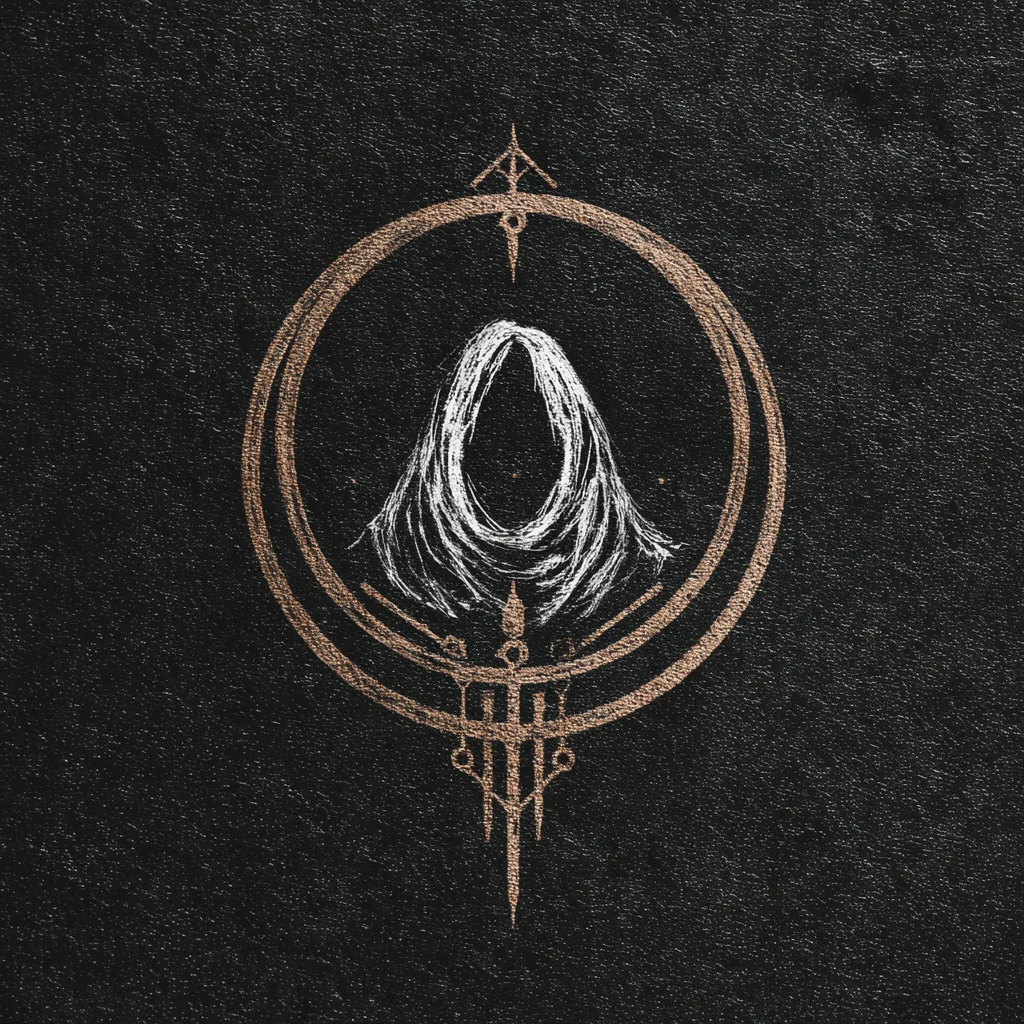
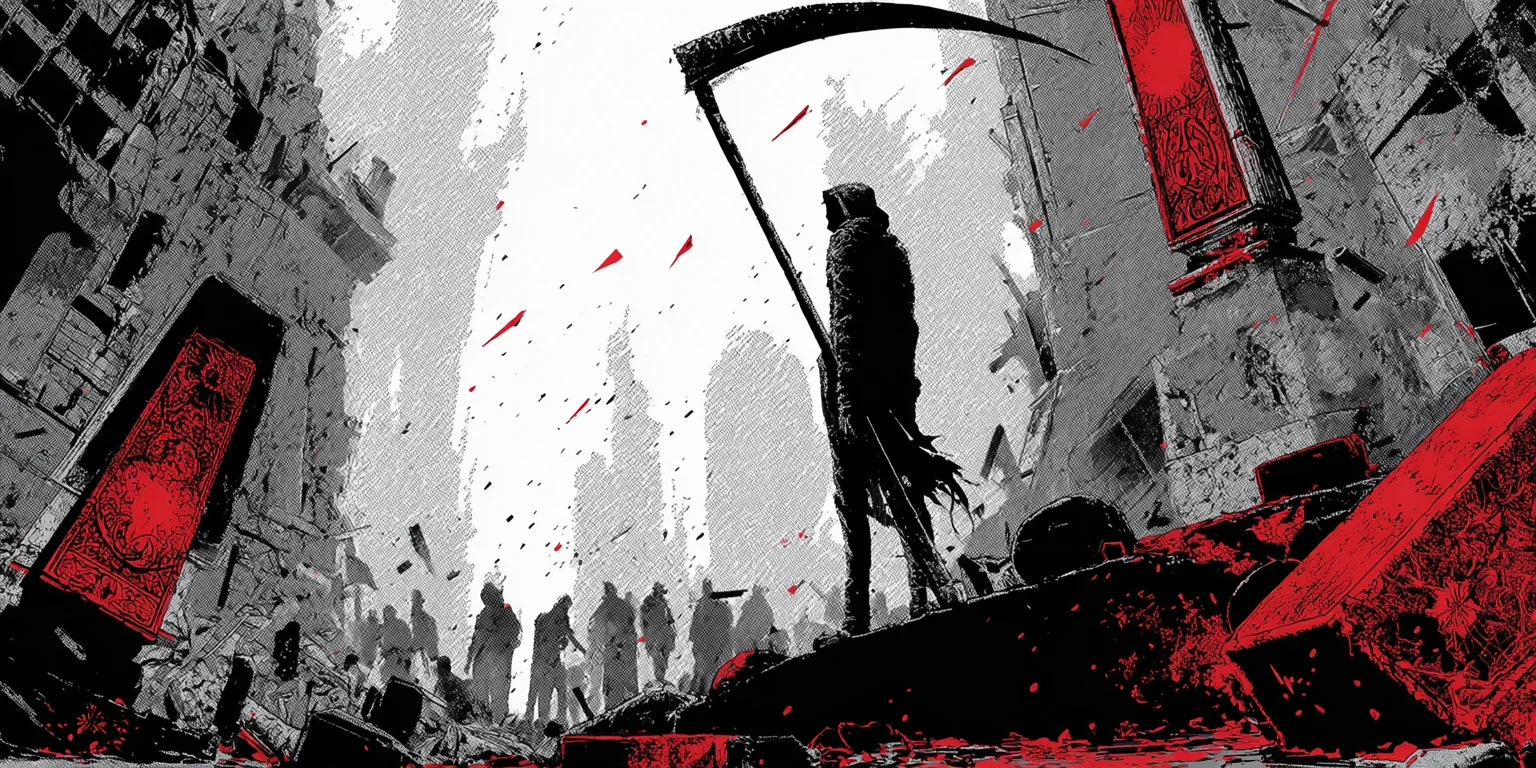
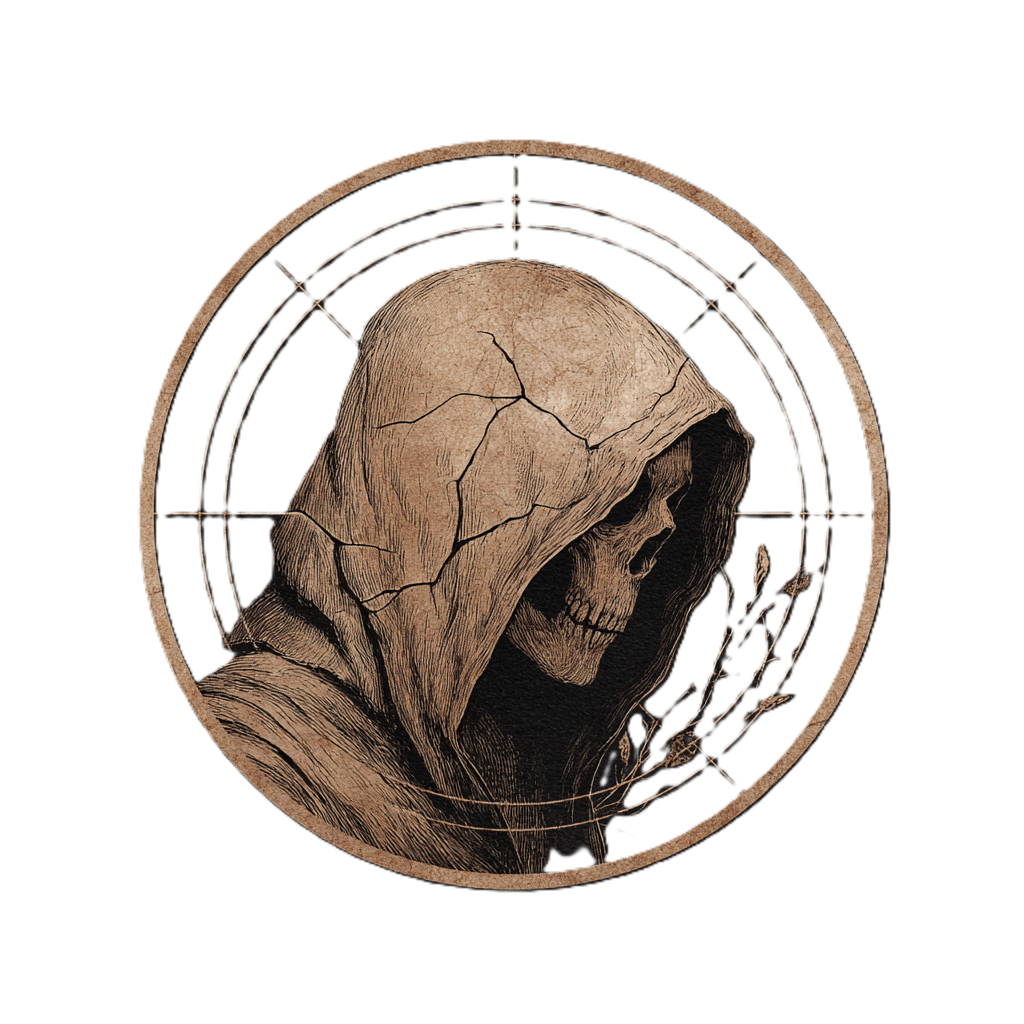
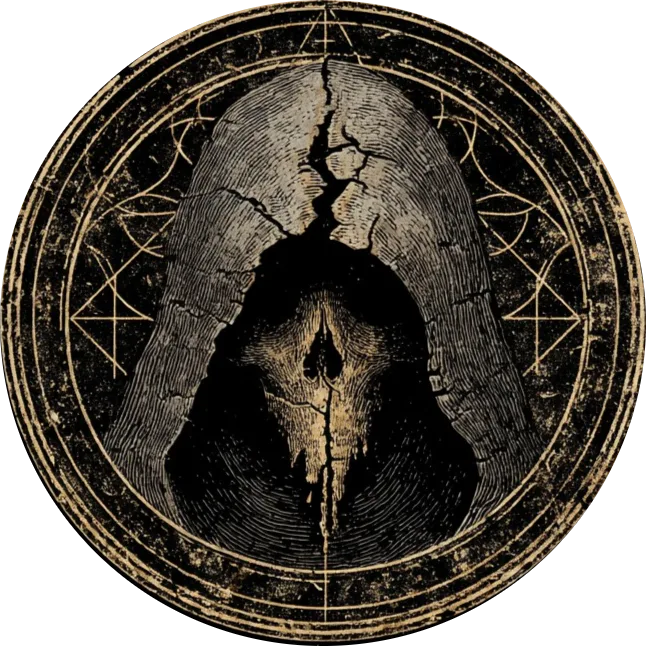
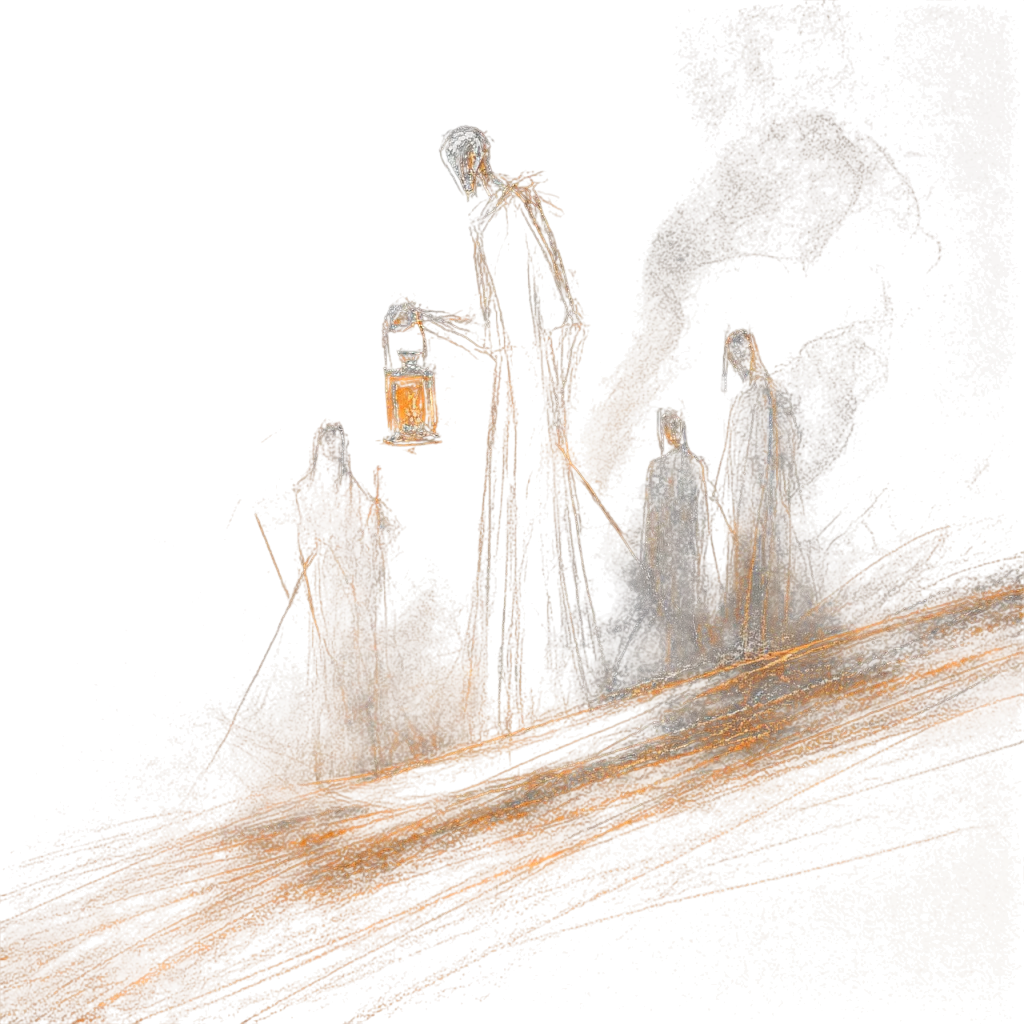
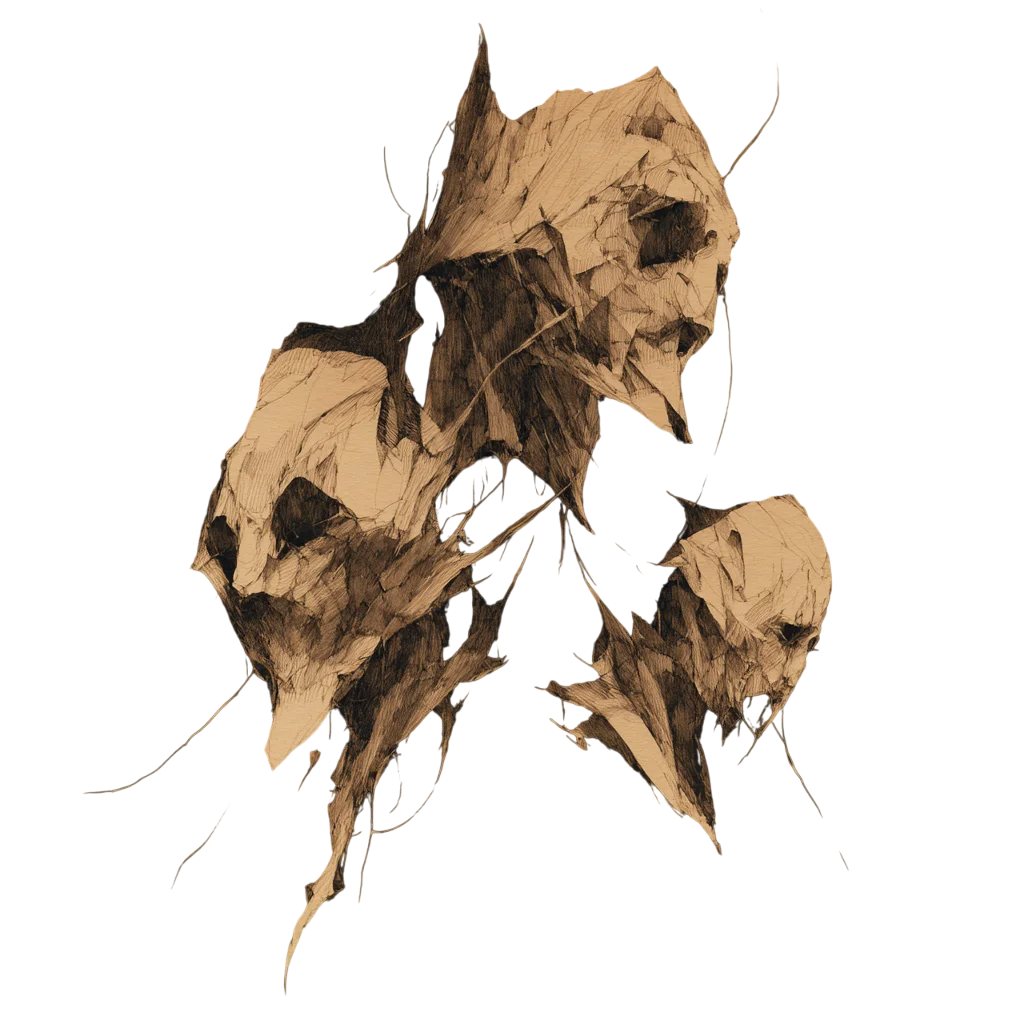
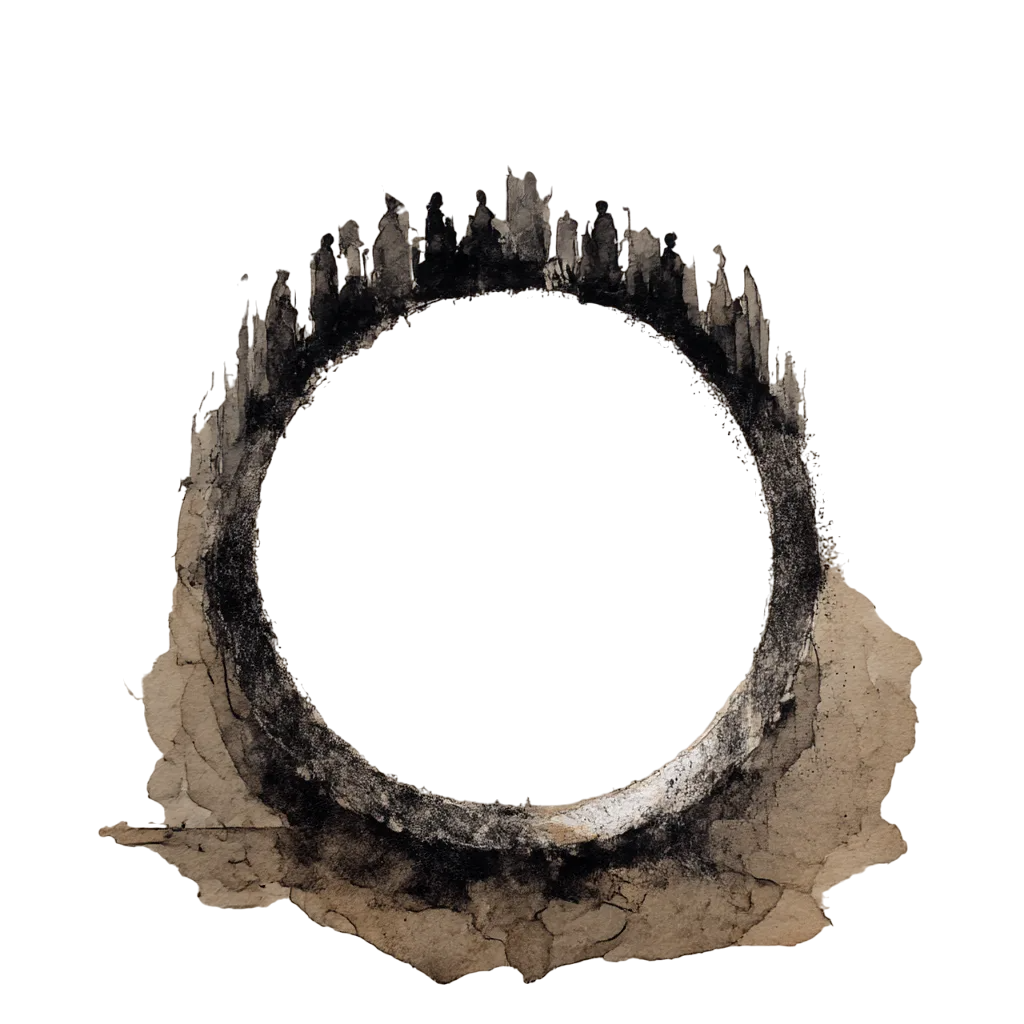




I have always liked Charon, and I love your take on him. I feel like this is a very grey organisation, but ultimately I feel it is a positive force.
Explore Etrea | WorldEmber 2025
I like exploring the grey areas - especially in this world :) Charon is iconic and I was a little sceptical on using him, but I think I like how this turned out and I am glad you think so too! Thank you <3